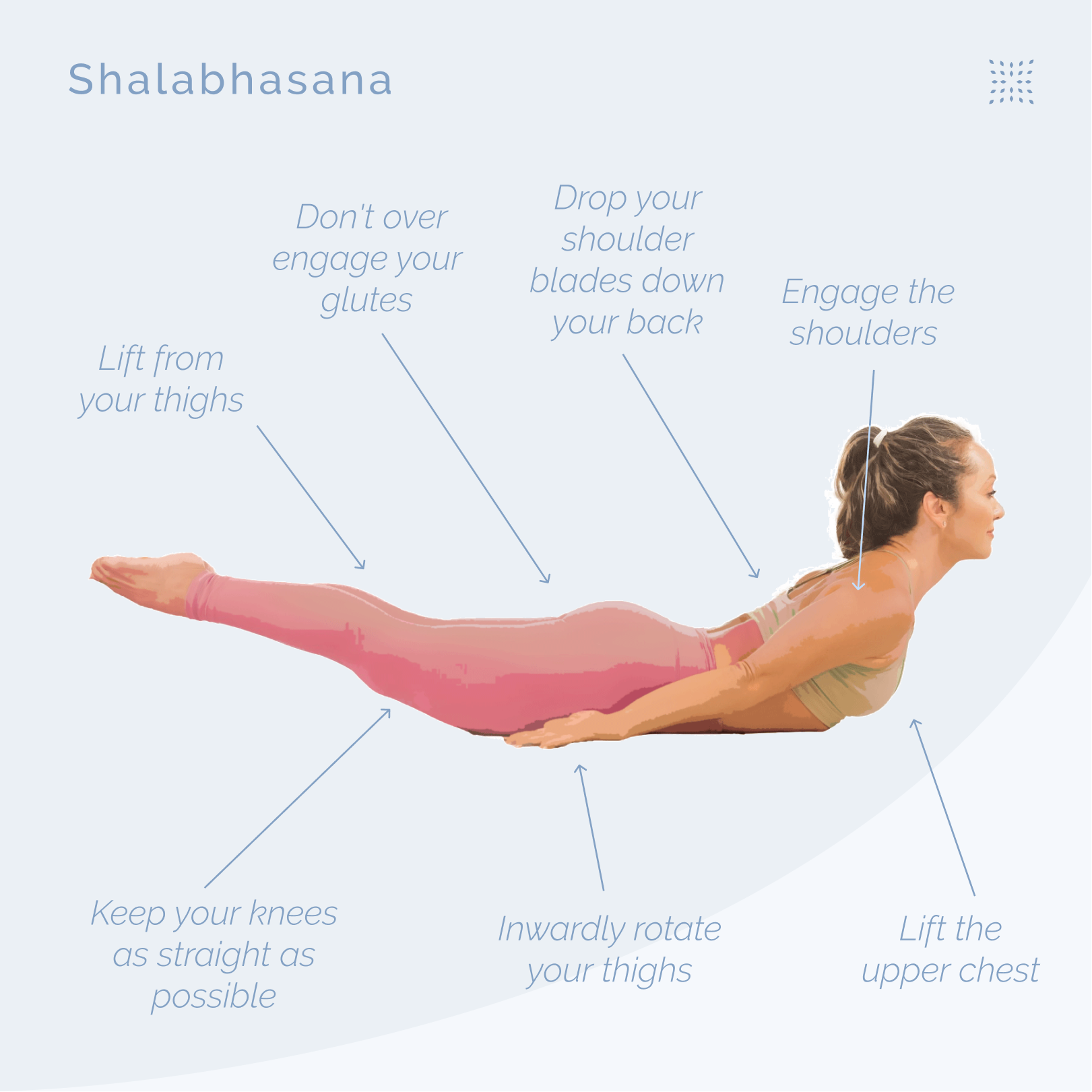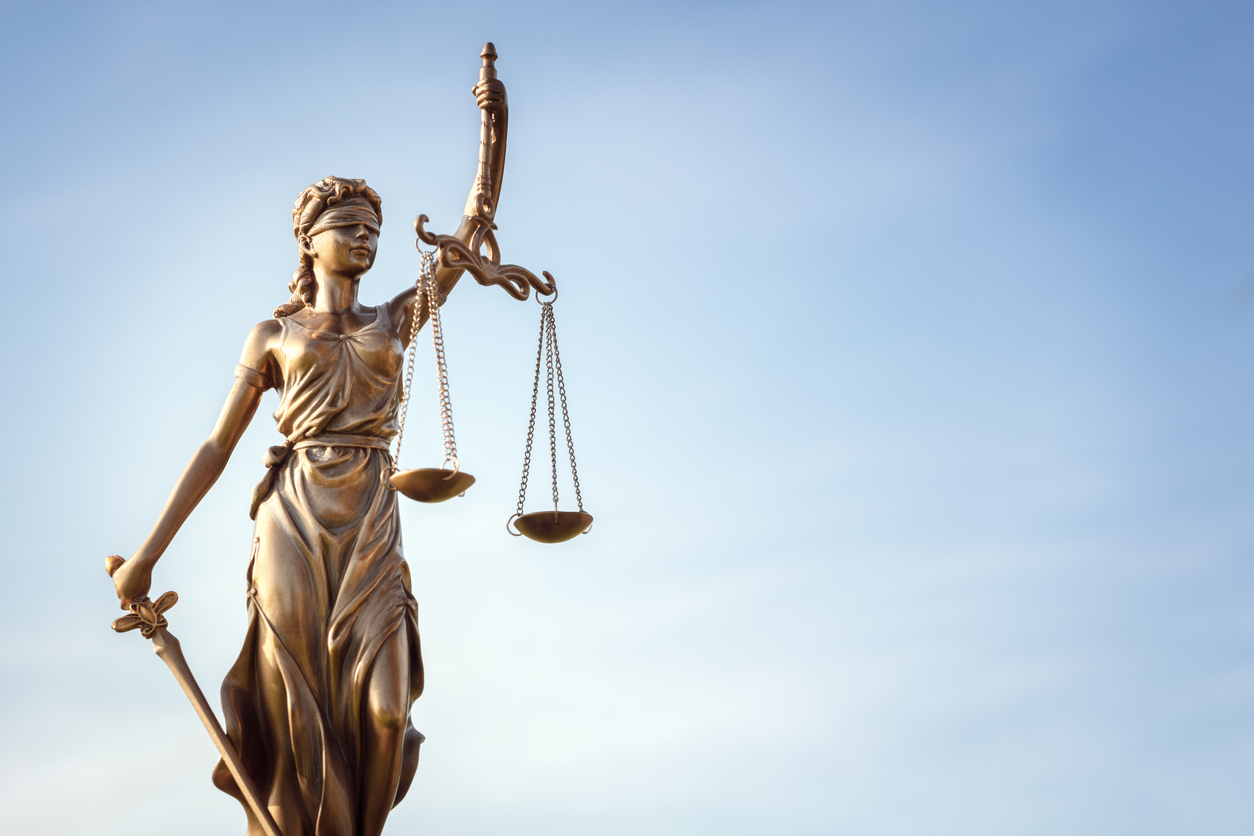As the globe moves into a deeper understanding of holistic health, International Yoga Day 2025 arrives with a powerful message: embrace asanas that go beyond flexibility and touch the root of physical and emotional balance. This year, among countless poses celebrated worldwide, one ancient gem is shining brighter than ever—Shalabhasana, or the Locust Pose.
Symbolic in its structure, potent in its effect, and deeply revered by yoga masters across traditions, Shalabhasana has been honored as the \Ultimate Full-Body Healer\ by modern yoga communities and health researchers alike. In a time when spinal health, digestive function, lung capacity, and mental clarity are all under siege due to sedentary lifestyles and chronic stress, this pose is being recognized not just as a movement—but as a remedy.
—
🌱 The Spiritual & Physical Symbolism of the Locust
In ancient yogic symbolism, the locust represents resilience, transformation, and upward movement. Shalabhasana channels these themes through a simple yet profoundly effective body shape—chest lifted off the ground, arms stretched back, and legs raised high. The practitioner lies on their stomach and then lifts, resembling a locust mid-flight.
But beneath this serene lift is a storm of engagement—muscles firing across the back, buttocks, hamstrings, shoulders, and core. The breath deepens. The heart opens. The belly presses gently into the floor, giving the internal organs a massage that echoes through digestion and metabolism. In short, this is no ordinary posture—it’s a full-system reset.
—
🧘♀️ How Shalabhasana Heals: A Layer-by-Layer Breakdown
Let’s dive deeper into what makes this pose so powerful, especially in 2025, where mental fatigue and physical degeneration are rampant.
1. Spinal Strength & Posture Correction
In the digital age, back pain is one of the most common ailments. Shalabhasana directly targets the erector spinae muscles, responsible for holding the spine upright. It activates these muscles from the base of the skull down to the sacrum, counteracting slouching and restoring natural alignment.
2. Boosted Lung Capacity
As the chest lifts off the mat, the lungs expand and the rib cage stretches. Regular practice improves oxygen intake, strengthens the diaphragm, and helps in clearing stagnation from the bronchial tubes—making it particularly beneficial for those recovering from respiratory conditions or seeking better breathing for athletic performance.
3. Core & Glute Engagement
Unlike crunches that often strain the neck and lower back, Shalabhasana activates the deep core muscles and glutes in a balanced way. This leads to better pelvic stability, tighter abdominals, and stronger hips—essential for overall mobility and injury prevention.
4. Digestive Reboot
Pressing the abdomen into the floor stimulates the digestive organs—the stomach, liver, pancreas, and intestines. This pressure encourages detoxification, improves peristalsis (movement of food through the intestines), and can relieve bloating and constipation—making it a daily favorite for those with sluggish digestion.
5. Mental Calm & Nervous System Reset
Despite the intensity, Shalabhasana is not just a physical feat. The deep breathing it encourages calms the sympathetic nervous system, lowering cortisol levels and reducing mental agitation. It brings clarity, groundedness, and emotional steadiness to the practitioner.
—
🔁 The Modern Lifestyle Antidote
In 2025, the modern lifestyle is defined by:
Sitting 8–10 hours a day
Staring at screens
Eating processed foods
Living in chronic mild anxiety
Shalabhasana acts as an antidote to all of the above. With just 3–5 minutes of daily practice, many practitioners report:
Increased energy
Reduced lower back pain
Better sleep
Clearer digestion
Improved mood
It’s gentle enough for beginners, yet deep enough for advanced yogis to find challenge and growth.
—
🌞 How to Practice Shalabhasana (Step by Step)
Start by lying flat on your stomach with arms by your sides, palms facing up.
Forehead rests lightly on the mat.
On an inhale, lift your chest, arms, and legs off the floor.
Keep your legs straight and toes pointing.
Engage the buttocks, back, and thighs.
Breathe steadily, gaze forward or slightly upward.
Hold for 10–30 seconds, then exhale gently to release.
Repeat 3 times, gradually increasing duration over weeks.
Tip: Avoid if pregnant or if you suffer from recent abdominal surgeries or hernias.
—
🌎 Global Spotlight: Celebrations and Recognition
This year’s International Yoga Day theme, “Yoga for One Earth, One Health”, echoes beautifully with Shalabhasana’s deep integrative message—healing body, mind, and spirit through natural, grounded movement.
From India to Canada, yoga studios are leading sunrise flows centered around this pose. In schools, corporate offices, and even rehabilitation centers, the locust pose is being introduced as a tool for wellness and recovery.
—
🧘♂️ Testimony from Practitioners
Meera, 27 (Mumbai): “Shalabhasana changed my posture within weeks. I used to have a hunch, now I feel taller, lighter, and more confident.”
Jackson, 41 (London): “As a cyclist, this pose counterbalances the hunch I get from long rides. My back feels amazing.”
Alina, 36 (Dubai): “It cured my bloating. I swear. I practice it every morning before breakfast.”
—
✨ Final Thought: Stillness with Strength
Shalabhasana is not glamorous. It won’t wow Instagram with circus-level splits. But it’s real. It’s honest. And it’s healing. This year, as millions around the world roll out their mats, this humble, belly-down pose is being rediscovered as the most complete and sustainable answer to modern health.
So, this International Yoga Day 2025, go beyond the visual. Choose the functional. Bow to the earth, rise like a locust, and feel your body remember what it means to be alive.















Comments 0